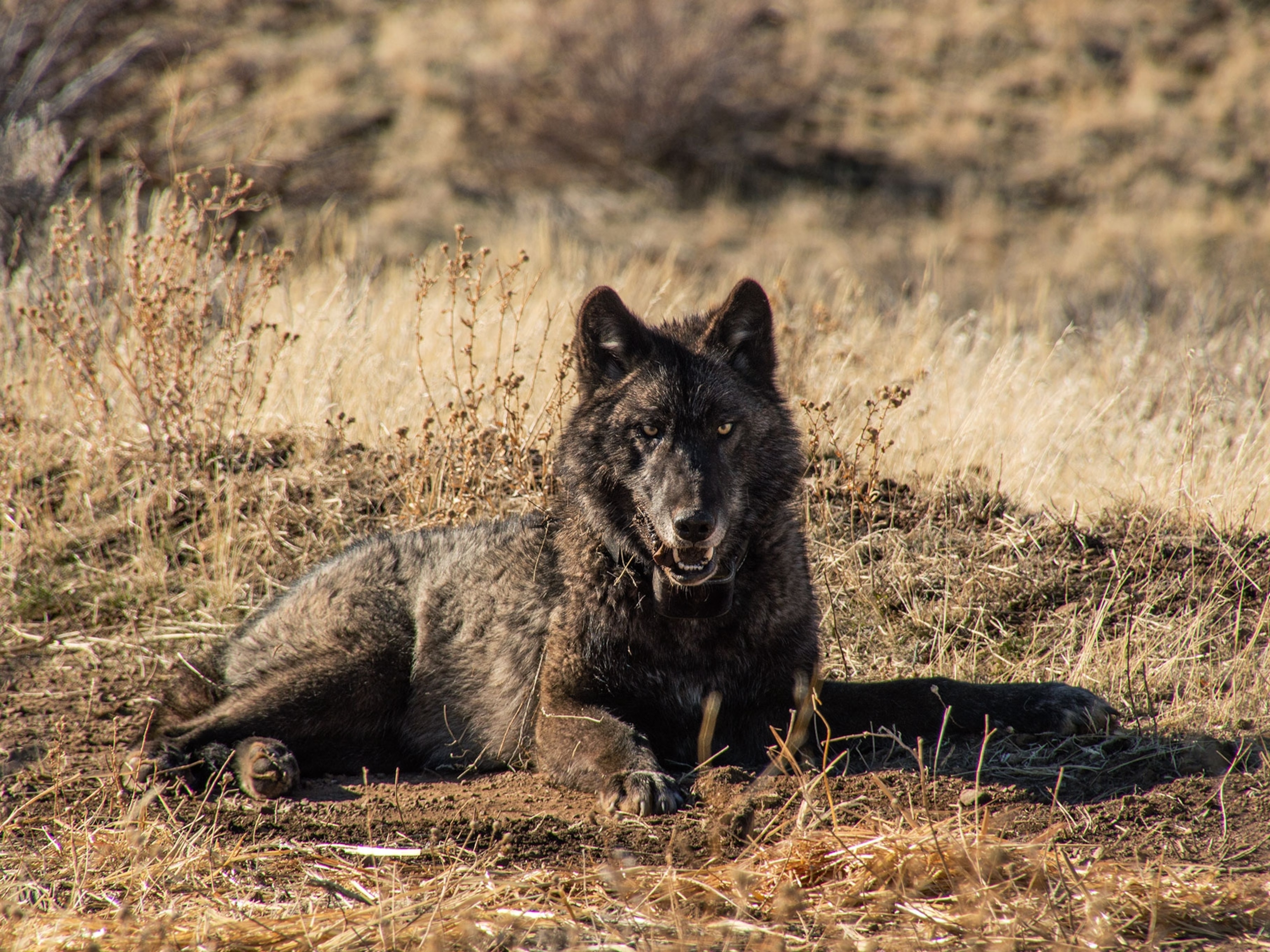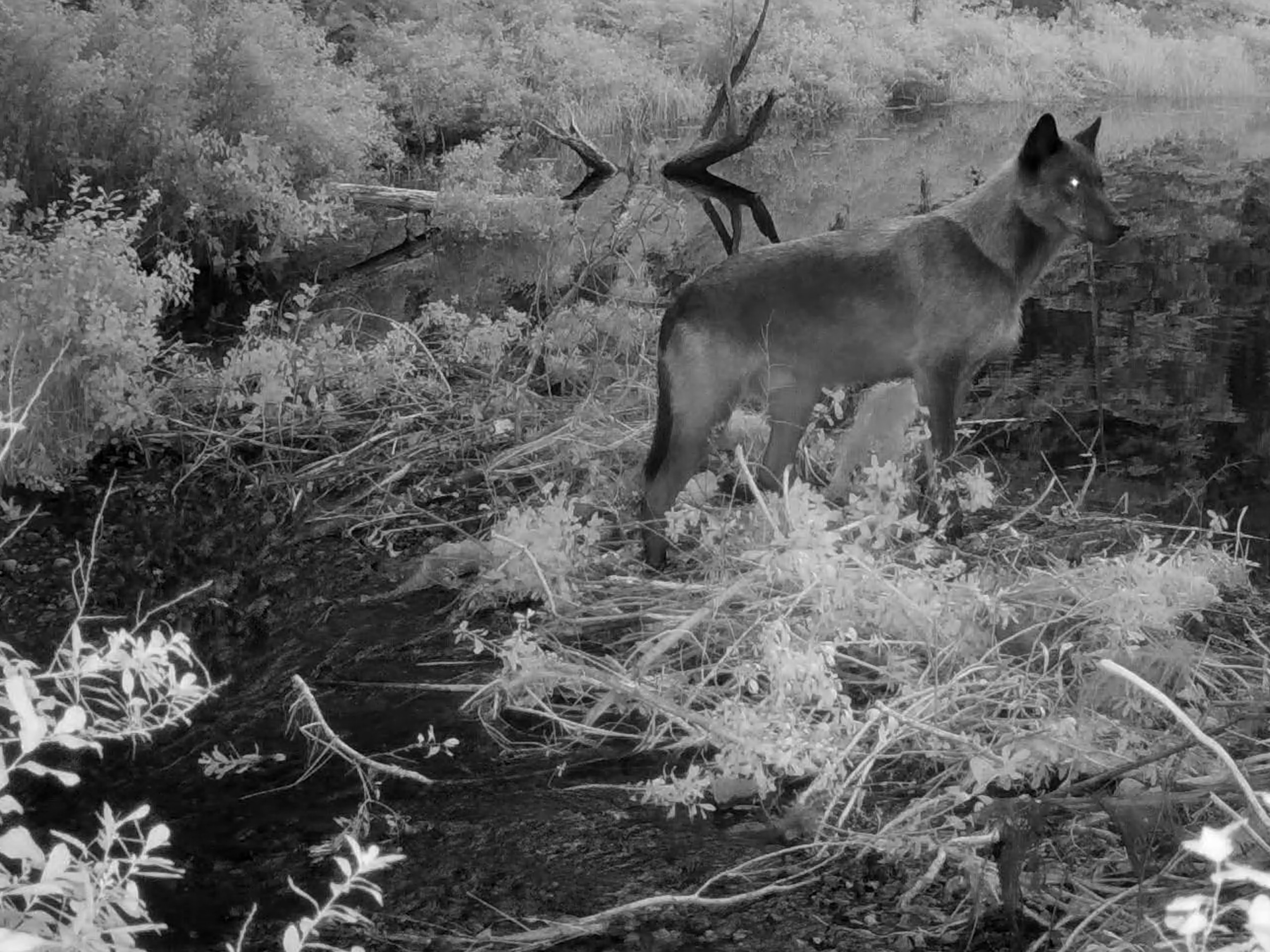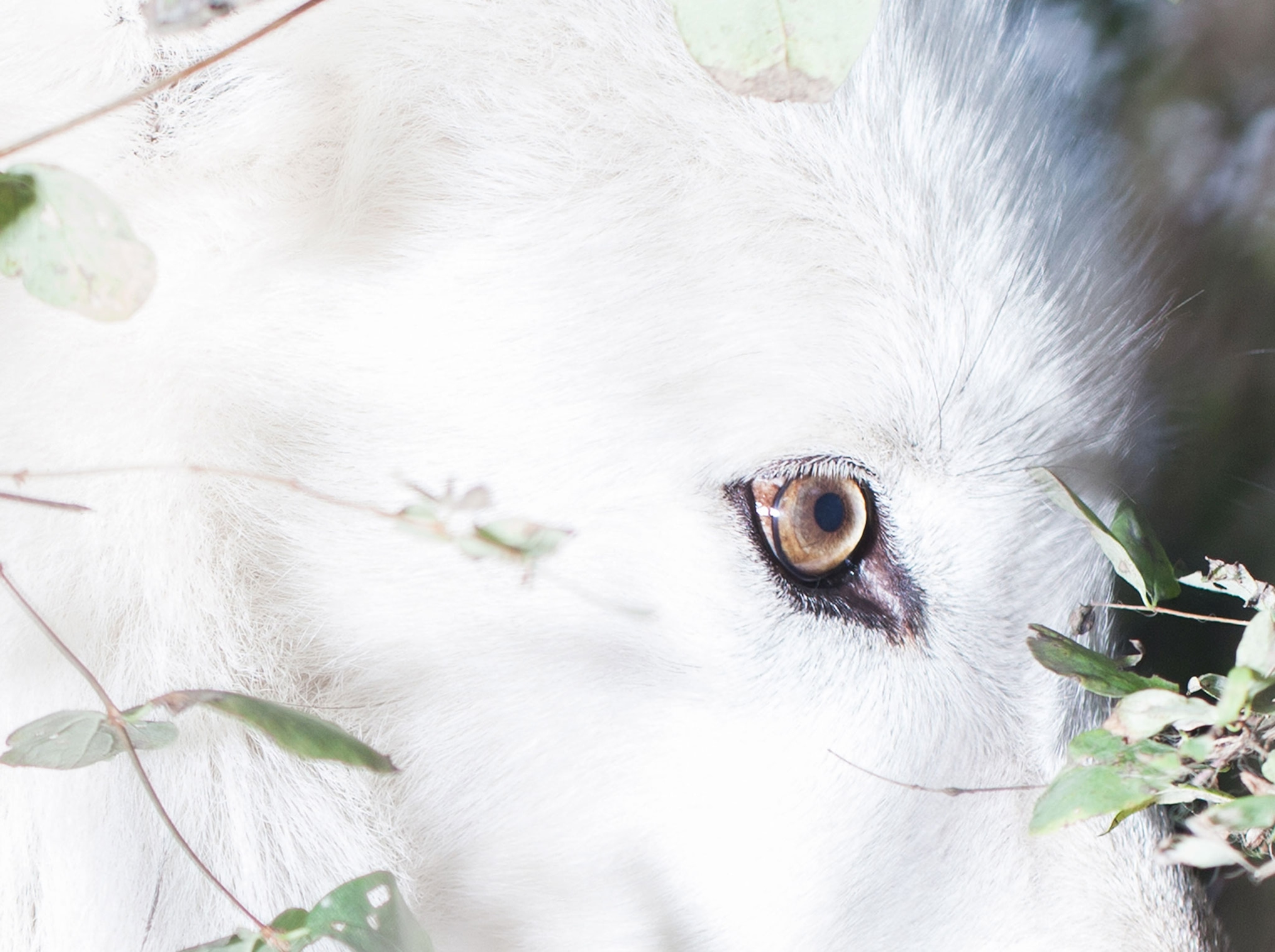
Heed the Call of the Wild at This Ethereal Wolf Sanctuary
Tucked into a lush swath of woods in Washington’s South Puget Sound—where light filters through mossy trees and ravens circle overhead—sits Wolf Haven International. The 82-acre sanctuary is home to 56 residents, including gray wolves, coyotes, wolf dogs, endangered Mexican gray wolves, and critically endangered red wolves.
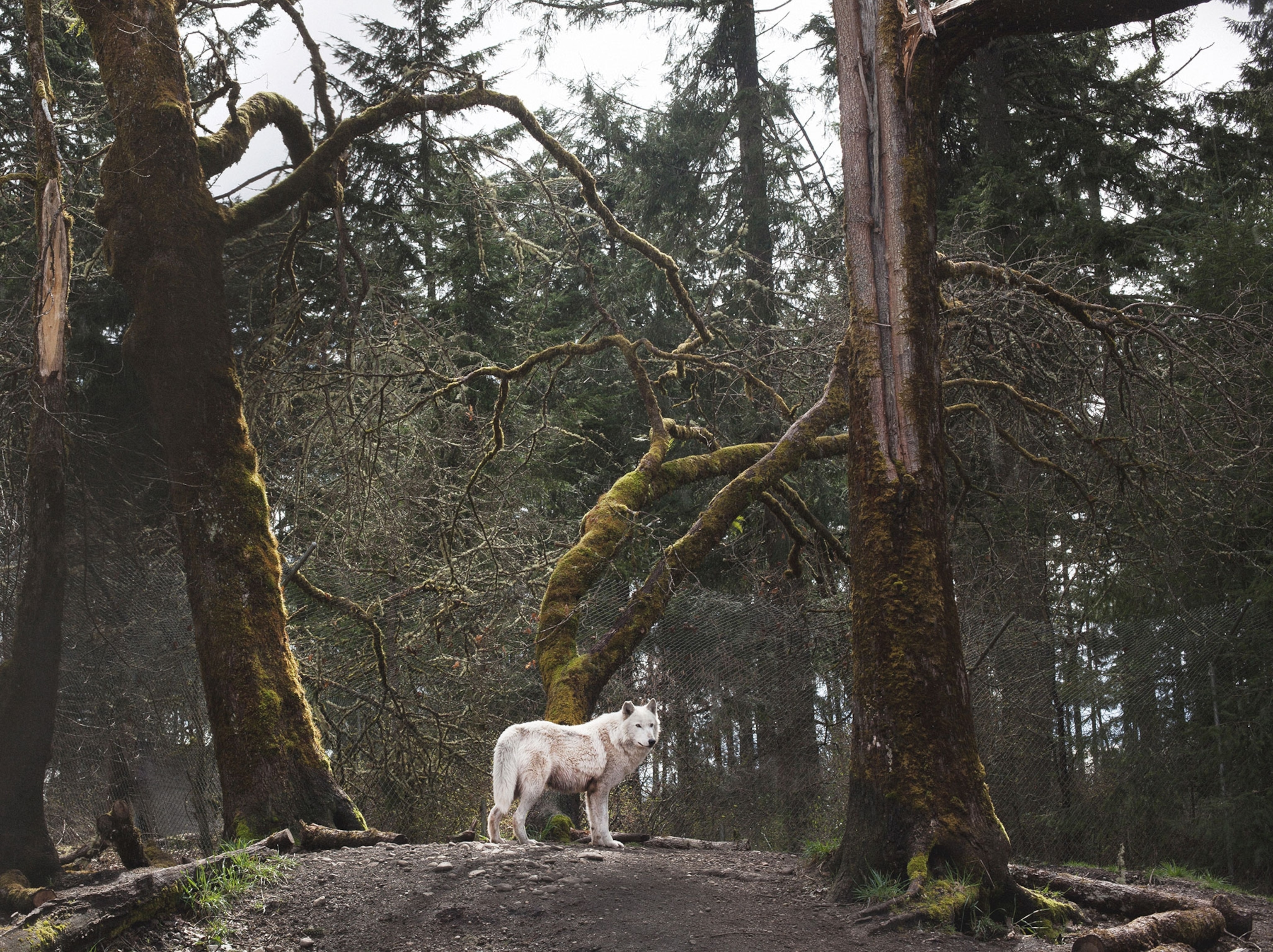
Photographer Annie Marie Musselman, who built her artistic career telling the story of an animal rehabilitation center, first learned of Wolf Haven in 2010. She had received a grant from Getty Images to collaborate with an ad agency on a project for a nonprofit. Her original plan to document rescued chimps and orangutans in Indonesia was called off when she became pregnant and doctors encouraged her to find a story closer to home. She scoured the Internet and discovered the important conservation work Wolf Haven was doing in her very own state through their breeding program. “If it weren’t for these captive breeding and recovery programs,” she says, “Mexican gray and red wolves would not exist today.” The haven became her new focus.
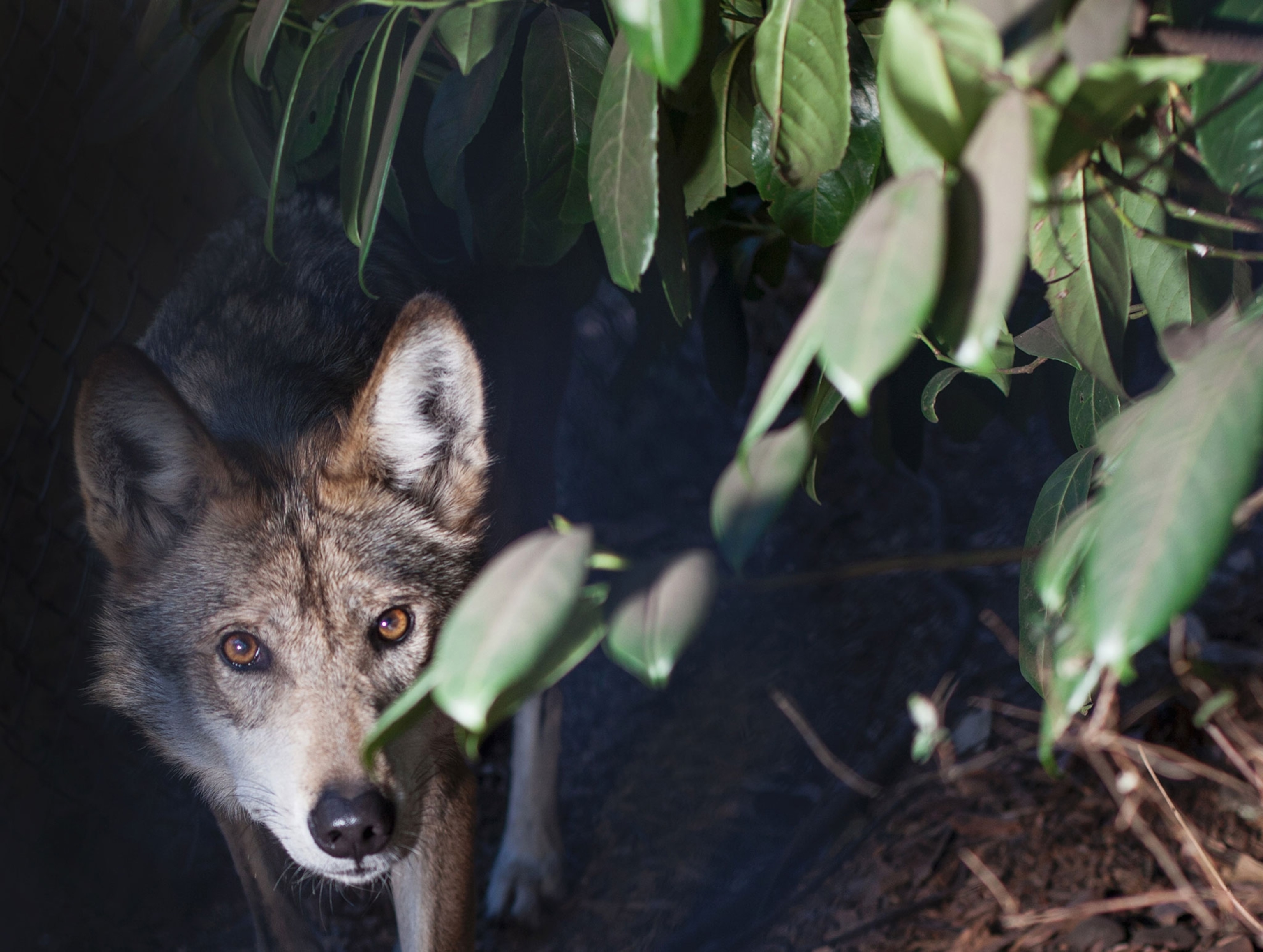
As soon as she laid eyes on the wolves in the sanctuary, she was enchanted. “Wolves have a way of disarming you,” she says. “They are quiet and contemplative, yet fierce and powerful. You can feel that they are in this very moment—they don’t miss anything.”

Despite the fact that all of her interactions with the canids were buffered by a chain link fence, when she first began photographing them, she was intimidated. “I felt as if they could see through me,” she says. “I could feel them saying, ‘We don’t want to be photographed—leave us alone!’”
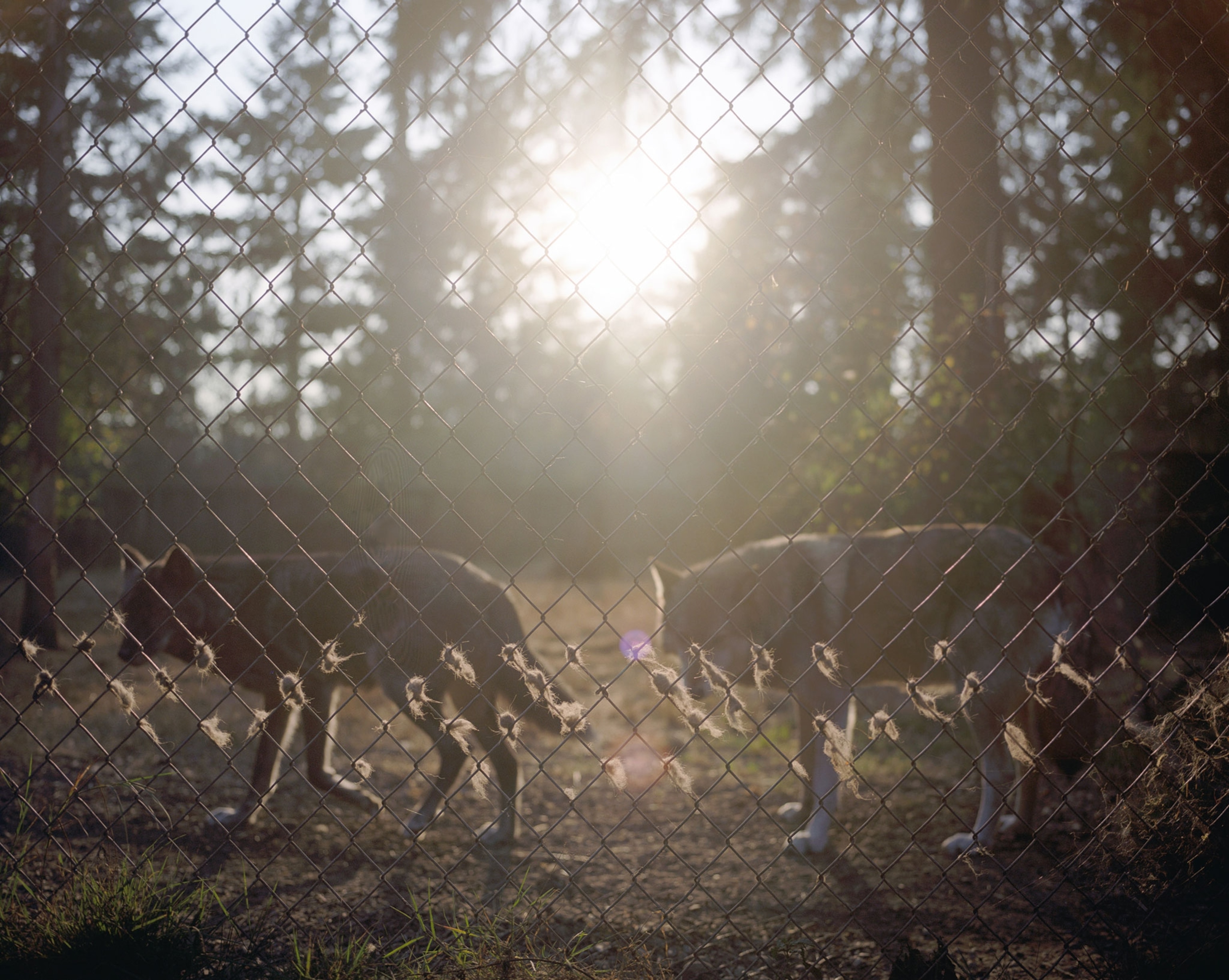
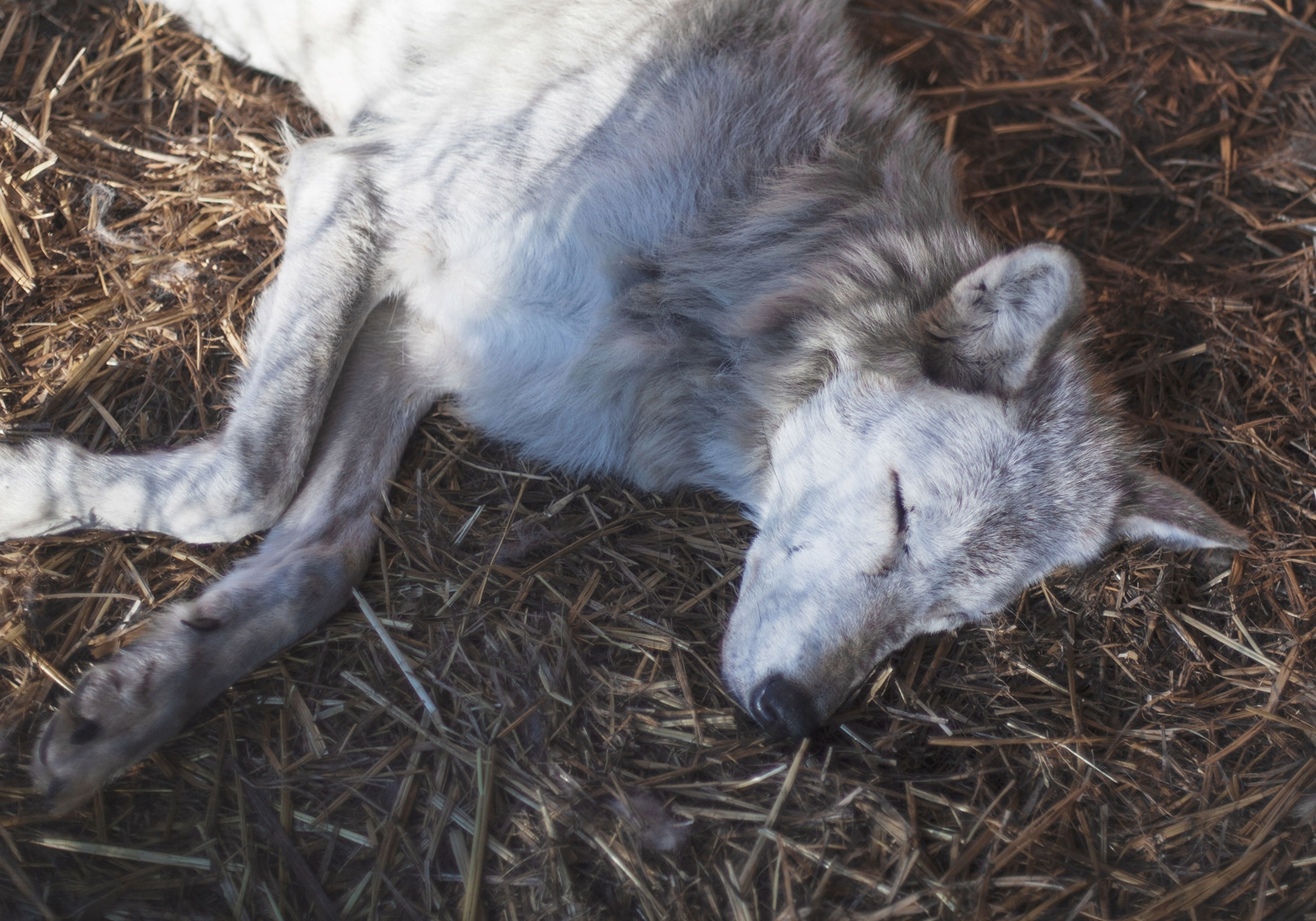
She didn’t let that deter her. Instead she spent long summer days in her father’s old fold-up artist chair, giving the wolves a chance to accept her presence. “I shoot with short lenses, so I would wait for the wolves to come close. I pretended not to be interested at first. As soon as I walked away, I would turn around and there they were at the fence, smelling me, staring at me. When I [came back], they would disappear again. All the wolves did this for weeks, until finally they began to trust me.” She’s been photographing them for six years now.

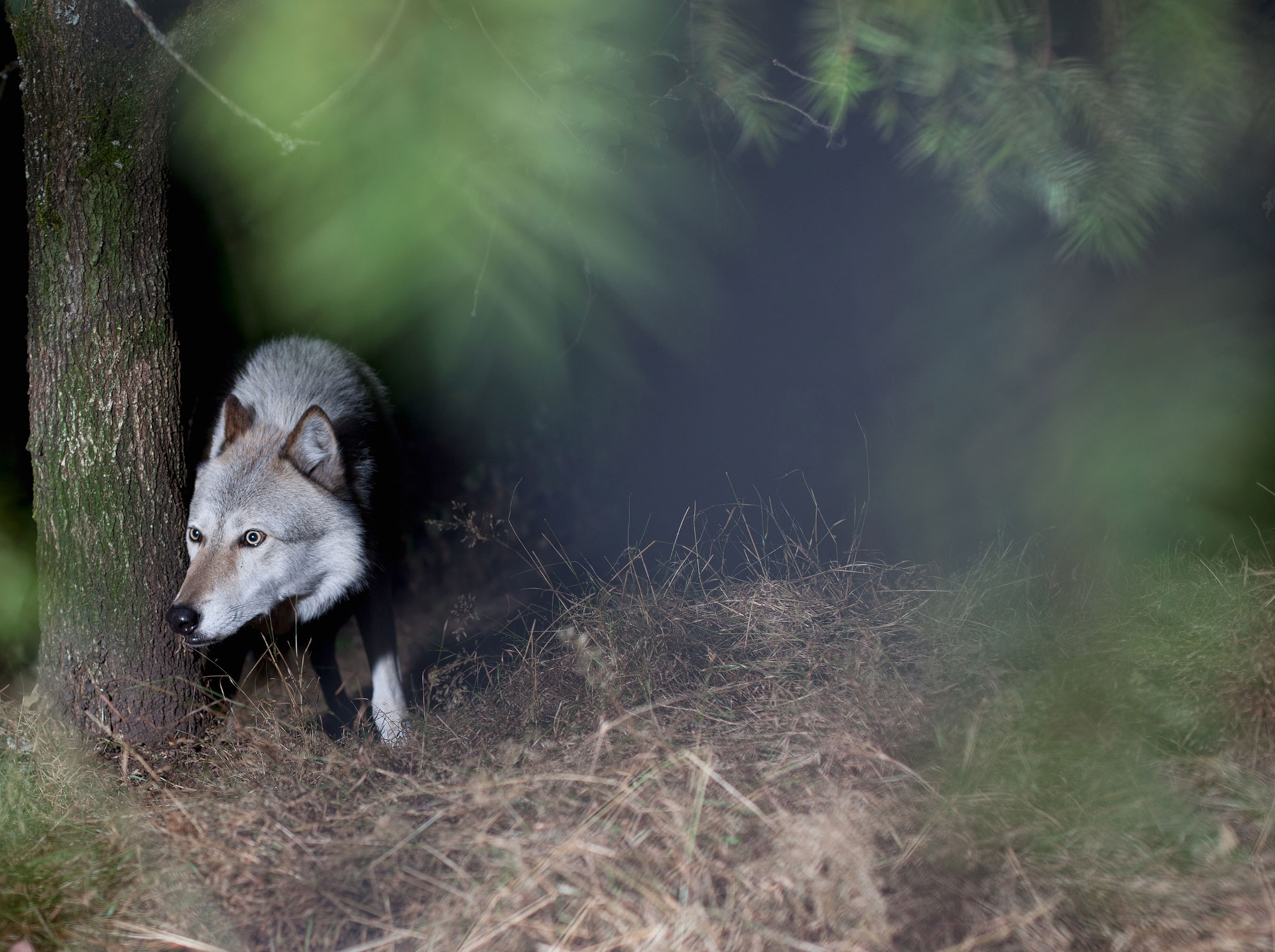
Her images of the haven embody the meditative patience she used to photograph it. They’re ethereal and lightweight, less like static pictures and more like breath—a glimpse of a being that you know is there but that you can’t predict or control. “I want to show how they glow, that they embody something precious, something very knowing,” she says. “I try to show what it might feel like to be close to them, to be accepted by them.”

Portrayed perpetually in the golden hour, the haven looks like a wolf’s paradise. Through it we get a sense of the wolves’ rugged and independent spirit—what the world might be like if they roamed free. But there’s always a tension. The diamond pattern crisscrossing every few frames reminds us that for wolves, freedom is restricted. To help save them (even if it is from our own destruction), we have to contain them … at least for now.
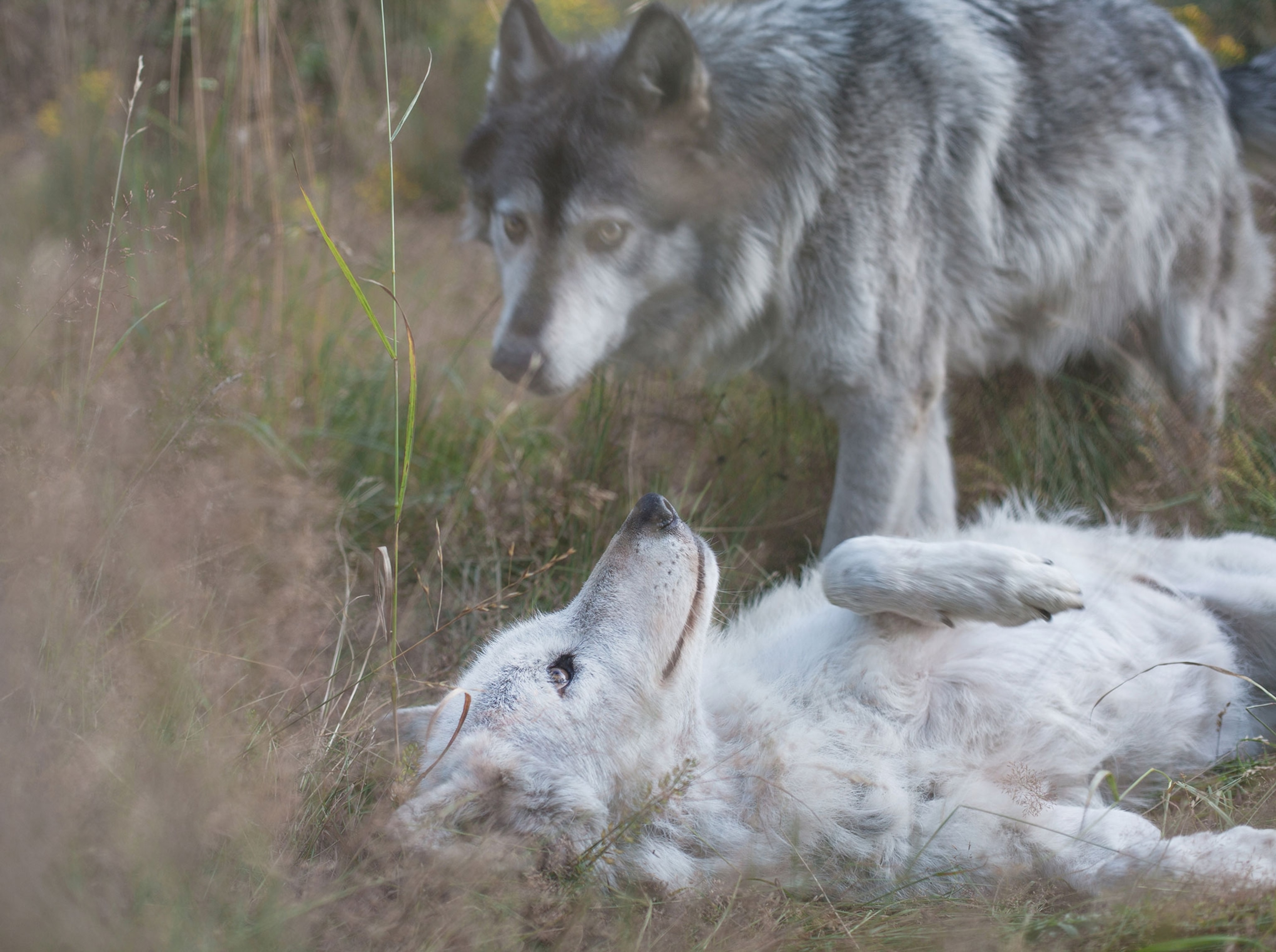
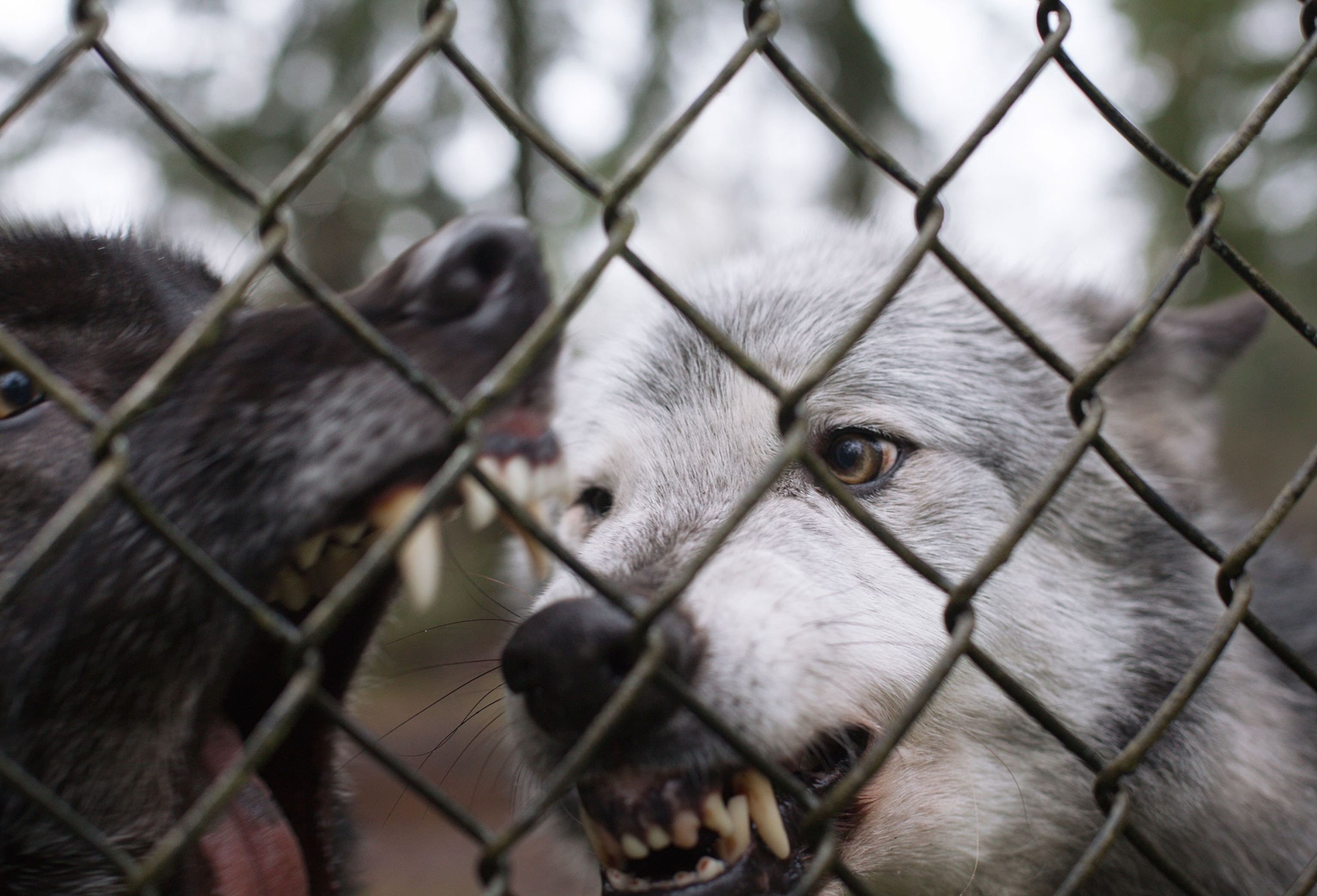
Musselman also plays with the tension inherent in the complex nature of wolves—at once playful and fierce, untamed and communal. It’s that interplay that makes them such controversial creatures—creatures that were once targets of federal extermination programs, creatures that some people still want to hunt, that others would prefer to let fade away, and still others fight heartily to save.
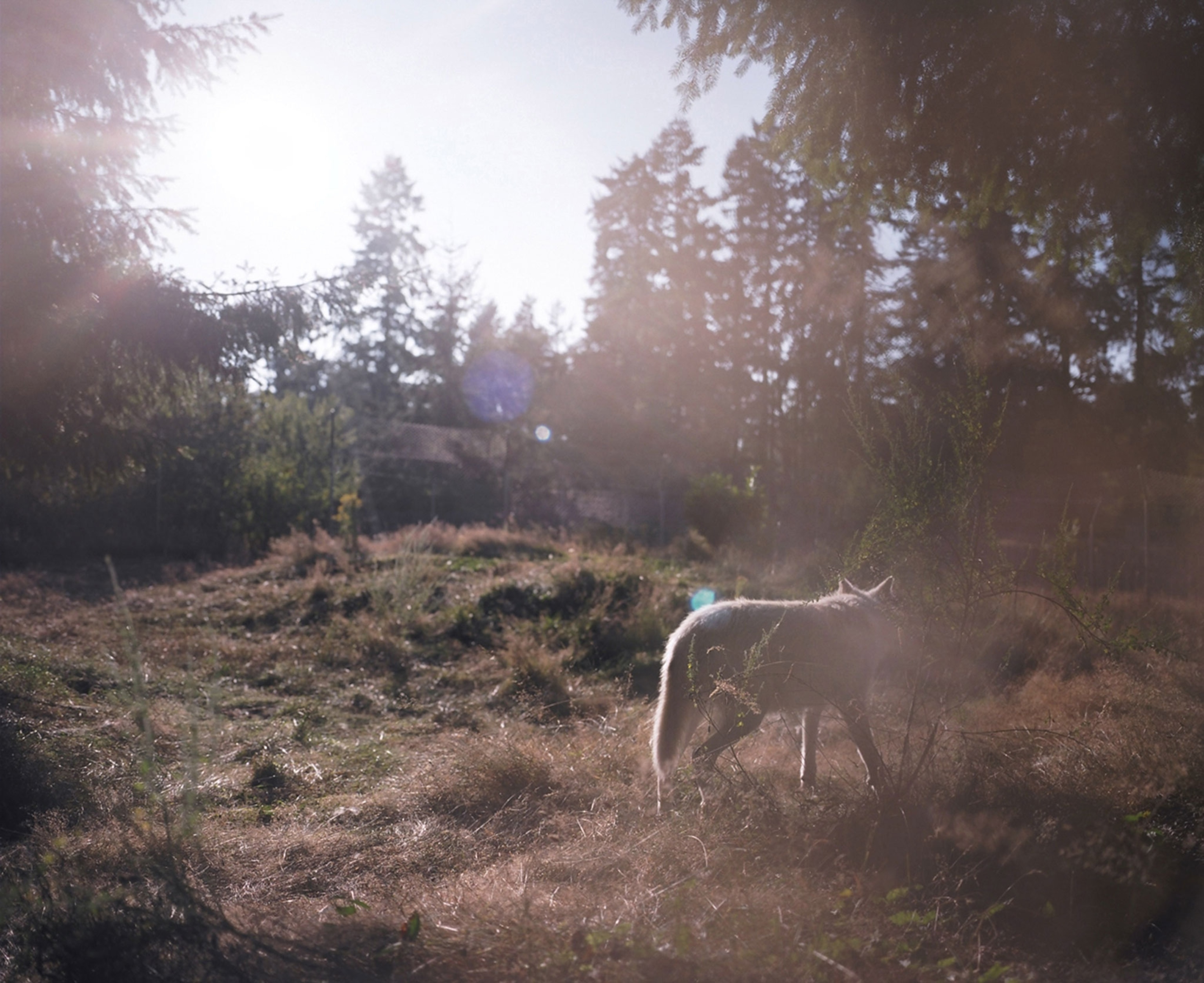
But even within the enclosure, Mussleman manages to reveal a world unto itself, leaving us with a visceral sense of reverence for an animal that feels so familiar and so unknown. “To be in their presence,” she says ,“is to be with true wildness—it is breathtaking.”
Wolf Haven the book, with photographs by Annie Marie Musselman and text by Brenda Peterson, will be released this September.
See more of Annie Marie Musselman’s work on her website.

